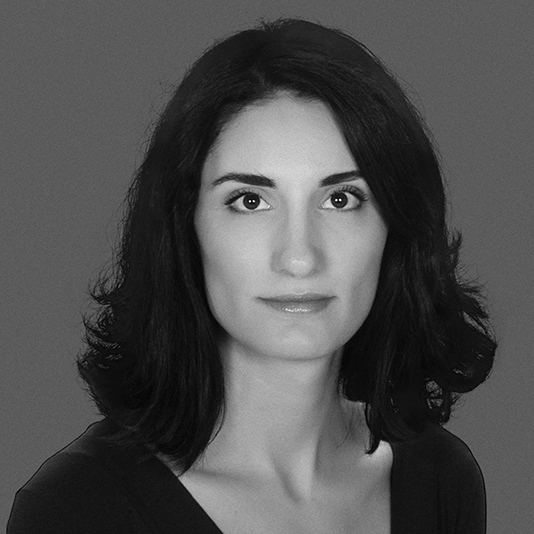
PhD candidate
mstamatop@uniwa.gr
6949617250
Κ8.214
Thursday, Friday / 16:00-17:00
Myrto Stamatopoulou (b.1982, Athens) is a photographer and art historian. Since2021 she is a PhD candidate at the Department of Photography and Audiovisual Artsof the University of West Attica and her research subject is postmortem photography in Greece. She receives a scholarship from the Special Account for Research Grantsof the Uni.W.A, she is a member of the Teaching Research Staff at the Department of Photography and teaches the courses “Photography: Introduction to Critical Reading“and “Photography as representation” in the Undergraduate Program of Studies. She works as a freelancer photographer since 2012.
She graduated from the Department of Economics and Regional Development(Panteion University, 2010) and holds a Master’s degree in History of Modern Art(Department of History and Archaeology, University of Athens, 2017). He has also studied The Art of Photography in the Vocational Training Institute of Nea Smyrni.
Her research interests include history of photography (mainly of the 19th century), the relationship between photography and the visual arts and the representation of the dead body in art. Participation in conferences: The Nineteenth Century Today: Interdisciplinary, International, Intertemporal (Durham, UK, 2024), Changing Cities V, spatial, design, landscape, heritage and socio-economic dimension (Corfu 2022), 1st National postgraduate conference of art history (Athens 2020), Photoencounters (Chania 2019). She participated in the collective publication “Photographic studies II, photography and anthropological turn”, she has worked as a photographer at the publishing department of The Hellenic Parliament Foundation for the books “LoukisLaras”, «This is how we fought, 1940-41», «Ilias Iliou, a political biography» and«Anthropographies, the concept of casting in art », ASFA. She writes articles abouthistory and aesthetics of photography and she is a member of the Association of Greek Art Historians.
Abstract of Phd proposal
Subject: Postmortem photography in Greece (mid-19th to mid-20th century)
This proposal is an attempt to study the postmortem photographs produced in Greece since the development of photography and until the second half of the 20th century. The photos that we will study depict people who died of natural causes and were photographed in their familiar environment, in order their memory to be preserved. Such a special photograph was usually the only photographic depiction of the deceased, verifying the death to the relatives who lived far away, while at the same time encouraging the relatives of the dead during the mourning process.
The postmortem portraits that will be included in the research come from museums, research institutes and private collections and will be studied under the light of the iconological, semiotic and psychoanalytic point of view. Regarding the iconological method, we will rely on E. Panofsky’s Studies of iconology, according to which the particular characteristics of the central theme and the presence of symbolic objects included in an image signal different correspondences in each era and each place. In combination with the iconography, we will approach the subject from a semiotic point of view. We will rely, among others, on the studies of R. Barthes on the image (Camera lucida and Image-music-text) and U. Eco (A theory of semiotics), studying whether the use and clarity of the visual image is based on the particular cultural characteristics of different societies and how it is perceived at different times.
Approaching the subject through the psychoanalytic point of view, we will deal with the concepts of the “unconscious” and the “uncanny” as defined by S. Freud. We will attempt an association of the unconscious with the visual object, which – in our case it is the dead body – is uncanny (in the sense of the unfamiliar and unfriendly-not desired) to the world of the living.
The purpose of this research is to reach conclusions about the identity of the phenomenon, the conditions of its fulfillment and evolution, its historical value and as a conclusion to find out how postmortem photography contributes to the acceptance of human destiny.

